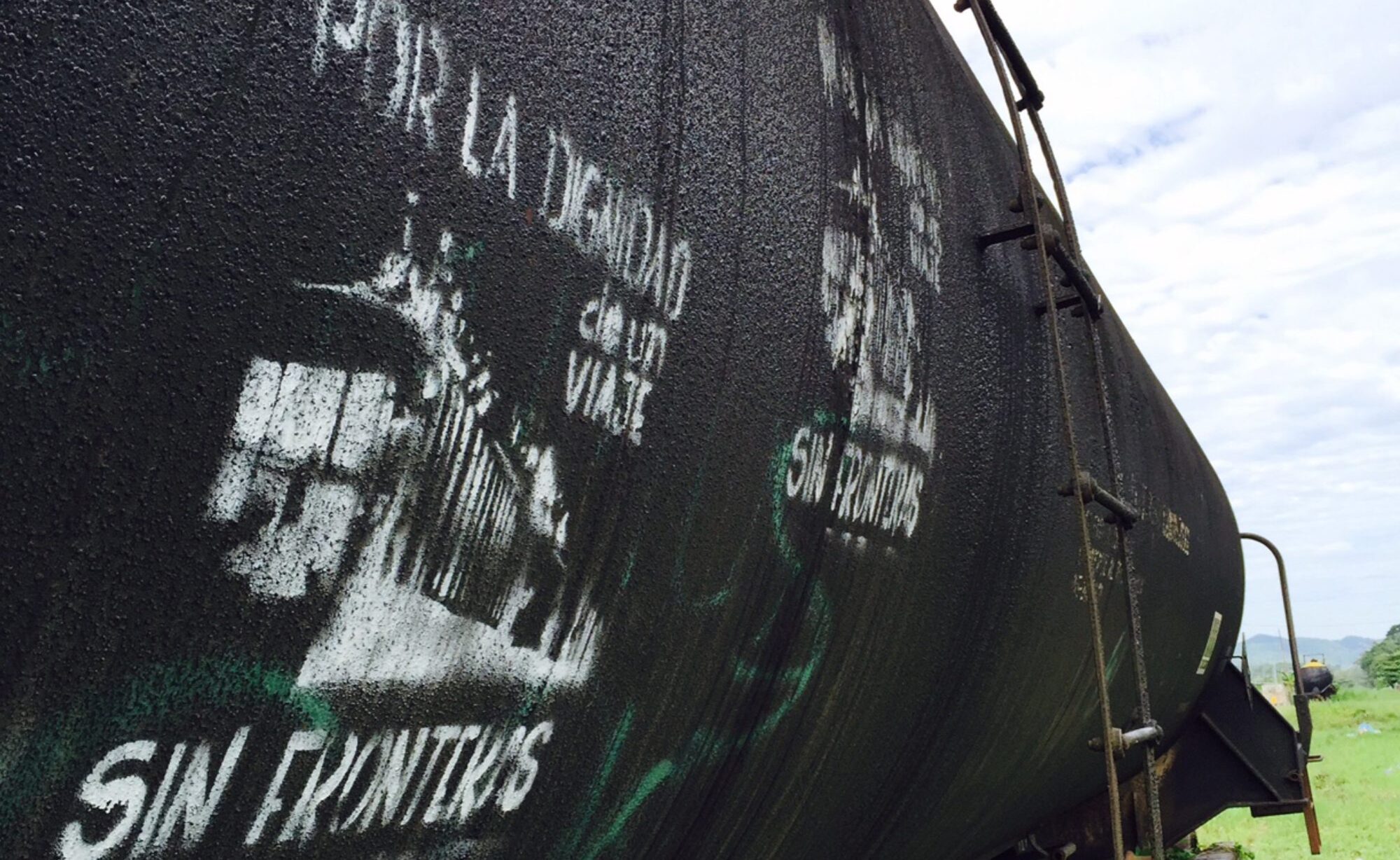An excerpt from Storming the Wall as published in entriety here in Truthout:
If Ismael, Luis Carlos, and Santos Fernando ever reach the border of the United States, the world’s largest greenhouse polluter, they will come face to face with the world’s largest border enforcement apparatus. Walls of different shapes and sizes stand waiting for them in urban border areas such as Nogales or San Ysidro or El Paso, places poised to become even more barricaded during Donald Trump’s presidency. Also there to meet them are an army of Border Patrol agents in roving patrols on horseback, in Blackhawk helicopters, in fixed-wing aircraft, and at the controls of Predator B aerial surveillance systems. Depending on where they attempt to cross, they might encounter tethered surveillance balloons or any of hundreds of remote or mobile video surveillance systems strategically positioned to alert Border Patrol agents of their movements.
If they cross into the United States, they most likely will do so through a region much like Organ Pipe National Monument, a remote area in in southwestern Arizona where I stood talking to a US Border Patrol agent. As the agent and I talked, we were surrounded by protected wilderness badly scarred with tire tracks by roving Homeland Security trucks whose national security mission trumps environmental protection.
The agent, who wished to remain anonymous, knew nothing about climate change becoming a greater planning priority for both the US military and the Department of Homeland Security. He did know, however, about how border enforcement looks from ground level at a Forward Operating Base. Like those deployed in US military operations in Iraq and Afghanistan, the strategy of a Forward Operating Base is to seize ground and maintain a presence in isolated areas and territories. There are now dozens of such bases in the US-Mexico borderlands.
When I met with the agent I was with students of a border studies class from Prescott College. The agent was off-duty, wearing a blue shirt, a little bit out of breath because he had been jogging.
When we asked the agent what duties are performed at the desolate base his response was: “Depends how busy we are. Sometimes we’re busy finding bodies.” He paused.
“We found five just this week.”
“Did you find any bodies yourself?” I asked.
“I found one,” the agent said, then looked at his shoes. Besides the more than 6,000 remains found along the US Mexico border since the 1990s, the Colibri Center for Human Rights has records of 2,500 additional missing people last seen crossing through the region.
“It’s silly,” the agent continued, “they keep walking until they don’t have any food or water, and then they die.”
As geographer Joseph Nevins points out in the book Dying to Live: A Story of US Immigration in an Age of Global Apartheid, there are many reasons given, in the general broad analysis, why so many people die attempting to enter the United States. “To state what should be obvious,” Nevins writes, “if migrants were allowed to freely cross the divide — and, by extension, to reside and work within the United States without fear of arrest and deportation due to immigration status — there would be no migrant deaths.” Nevins describes a system of exclusion that now extends well beyond the context of the United States. It is a system where the super-rich have luxurious enclaves on the world’s sinking islands, able to jet there and claim, “It’s so close!,” while the world’s impoverished majority, confronting more and more cataclysmic environmental changes, face constant impediments to their mobility. One person’s “close” is many people’s “never.”
In the climate era, coexisting worlds of luxury living and impoverished desperation will only be magnified and compounded. On one side are not only the super-rich who will want to continue to consume, possess, and waste without limits. There are those of the middle class, too, who populate US suburbs and cities and live unsustainable consumer lifestyles.
On the other side are millions like Ismael, Luis Carlos, and Santos Fernando, deprived of the resources they need for subsistence living in their home communities. In the middle are the militarized border zones that, as Nevins writes, reinforce “an unjust world order.”
